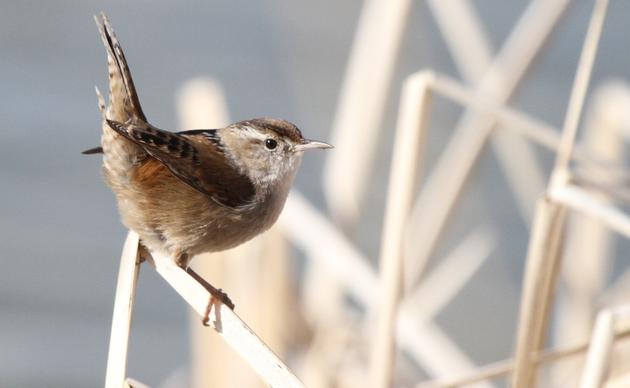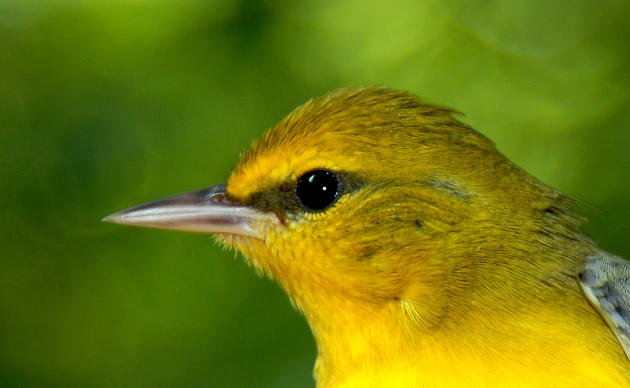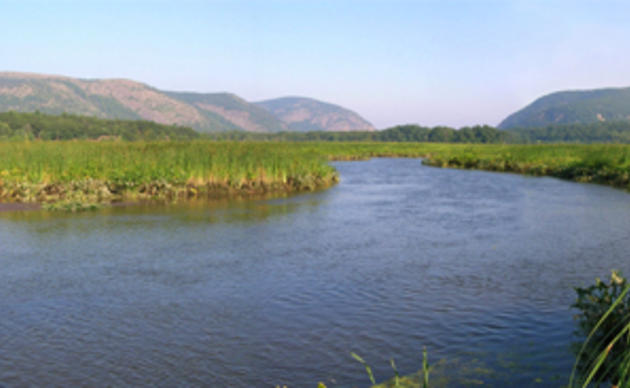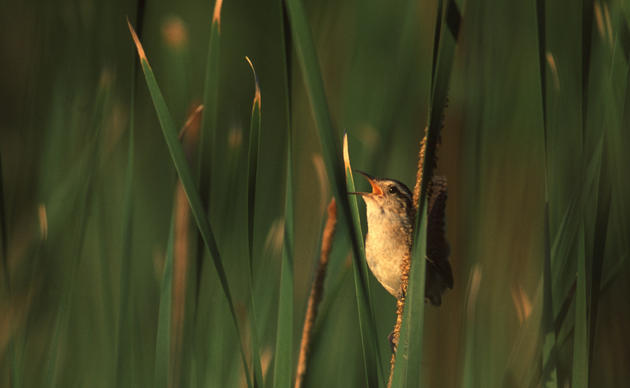What living creature is like a bird?
There aren’t any. The closest relation to birds are reptiles, and on the surface, they don’t seem similar to each other. In fact, the more I think about birds, the more distinguished they become from any other living thing on Earth.
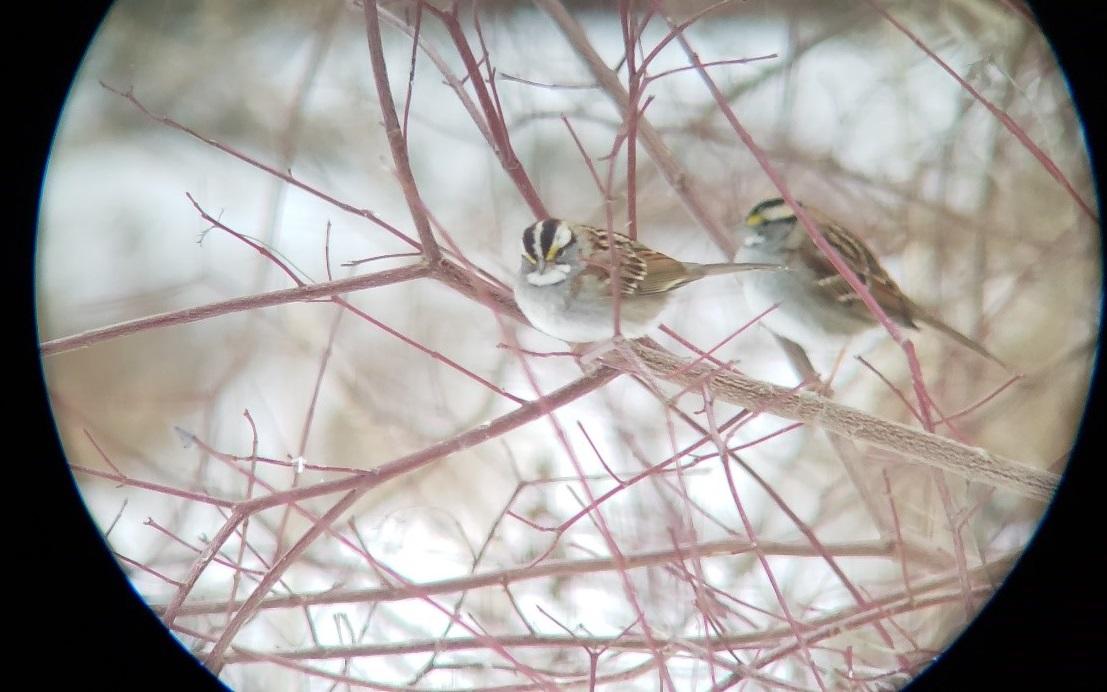
These feathered beings are capable of withstanding extreme weather conditions, traveling and navigating thousands of miles every year, and flying up and down mountains and valleys with ease. Though birds are capable of amazing things, most times we see a bird, we don’t think much of it, unless you’re an ornithologist or someone very young.
When I go into classrooms to teach children about birds, I usually have no problem keeping them engaged. They’re already eager and very enthusiastic to learn. So, why are children interested in birds and nature?
Recently, I’ve been asking my students two questions: “Why do you like birds?” and “What does nature mean to you?”
When asked about birds, many children seemed interested in specific kinds of birds, such as hummingbirds and eagles. Others were amazed by how beautiful their colors are, or their ability to fly and migrate. One child even said that they liked birds because they like picking up feathers when they find them on walks.
It was wonderful to hear them be as amazed by birds as I am and for the same reasons too. They are interested in birds for their abilities, beauty, and their unique feature- feathers. They see the birds out in the wild and are curious about how they work and what they do.
Though, in order to experience free roaming birds, children need to be connected with being outside. So I then asked “What does nature mean to you?”
A few children gave the same answer. They simply said “It is everything.”
Even though it has been days since I’ve asked them that question, the little voices still echo when I look out onto the waters and landscape of the Hudson Valley and Constitution Marsh Audubon Center and Sanctuary. It really is everything.
One of my students, who is no older than 7, said “mother nature gives us the water we drink, the air we breathe, and food for everything to live.”
This student showed me that children who are just learning how to read and who are in their earliest years of their life and education, can take in what they see in nature and find the deeper meaning within it. I never told her in our lessons how we depend on nature, only how birds do. Yet, she realizes its importance and why it is important to her.
A few children also said “It’s peaceful.”
It seemed as though these young, elementary school aged children have formed emotional attachments to the environment. They find peace within nature and that is why it is important to them. Others said it allows for space to be themselves and to run around, play, and get dirty. Their answers show how bringing children outside to play, explore, and find peace is important for forming attachments with nature. Once they create a bond with the environment and have personal value in it, children become curious about how it works.
Teaching children about birds lets them attach their passions and curiosities about nature onto a focused subject that they already admire and is involved someway on every level of an ecosystem. From the base level of environmental education about birds that is provided to them, they can grow their care and knowledge for the environment in a way that goes beyond just conserving it for the future, but also cherishing it. Knowing this, I appreciate that I have the privilege to help with this growth, especially since, as the children said, “It is everything.”
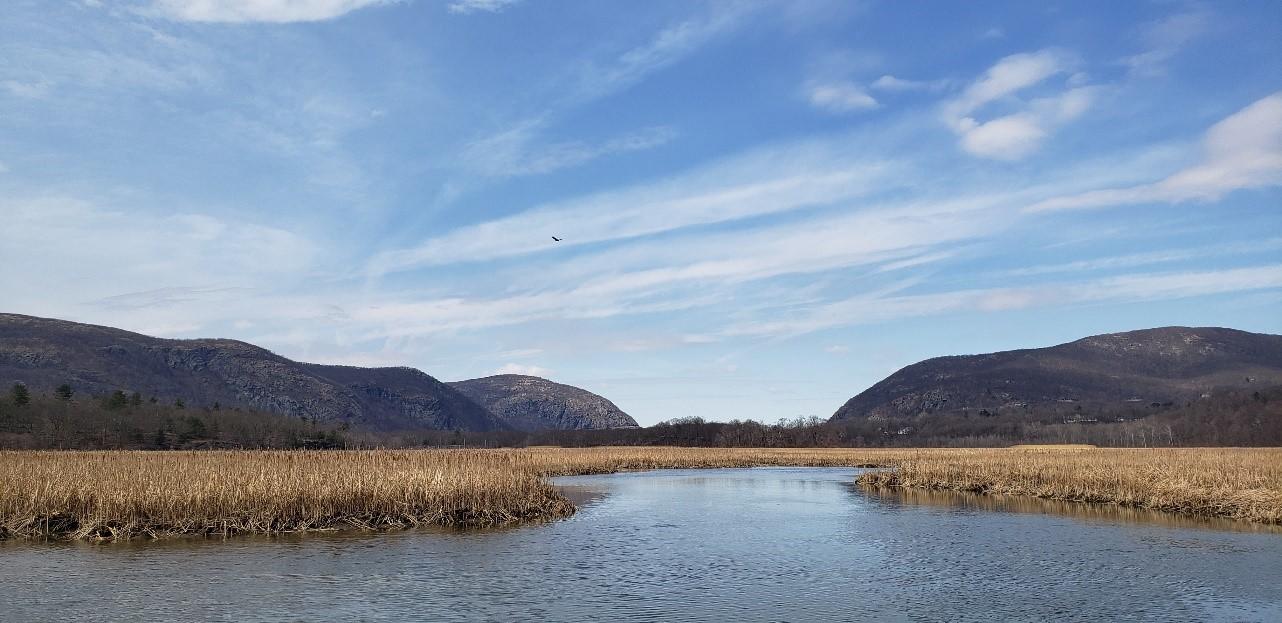

By Jessica Andreone, Student Conservation Association, AmeriCorps member
Support Constitution Marsh
Together we can protect birds, their habitats, and the future we share.

